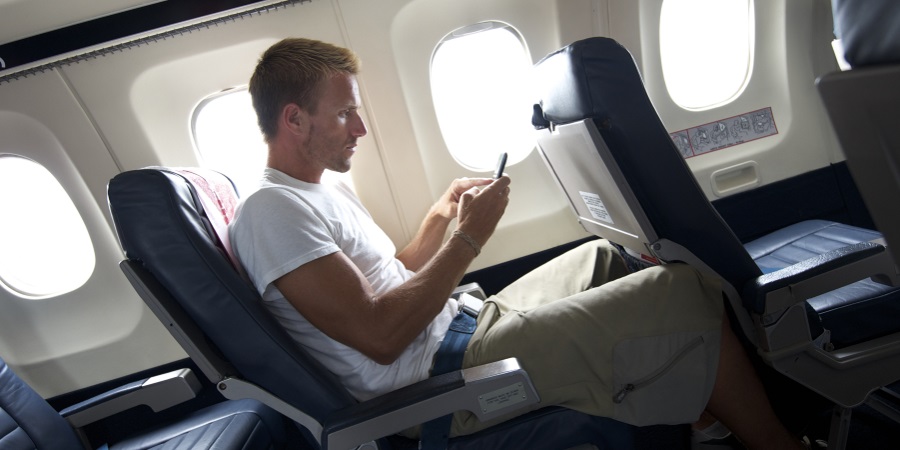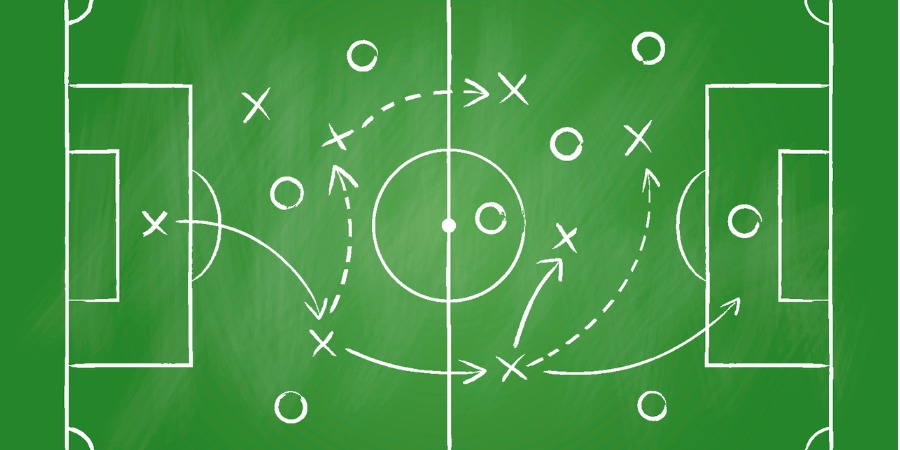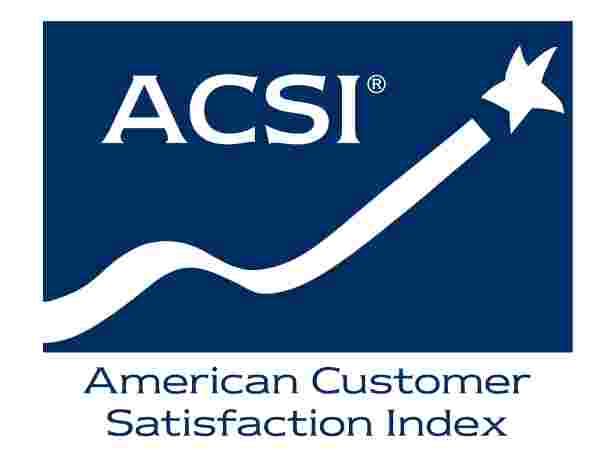
by David Ham | February 22, 2018
Expectation questions in a survey can provide value as customer experience practitioners consider the context within which customers are answering survey questions. However, the idea of consistently exceeding customer expectations can be a trap.
After a recent business trip, I received a survey from the airline asking about various experiences: boarding the plane, seating comfort, interactions with the flight crew, etc. At the end of each section, they asked an open-ended question about what they could do to “exceed my expectations” in each of these areas.
I gave them poor ratings on seat comfort. Why? I’m too tall to squeeze my arms and legs comfortably in the tiny little space they allot in the main cabin. (I have had a few experiences where the person in front of me has reclined his or her seat and complained about my knees being in their backs, as if I could remove them and put them somewhere else.)
When I got to the comment box at the end of that section, I told them – honestly – the only way they could exceed my expectations would be to provide more legroom for someone my height. I also told them I knew there was a proverbial snowball’s chance of that happening unless I pay a premium fee.
This caused to me to reflect on the meaning of expectations questions. My expectation of service in a nice restaurant is different than my expectation of service in a fast casual chain. Expectations questions can provide value as customer experience practitioners consider the context within which customers are answering survey questions. A question about a customer’s experience relative to expectations is an integral part of the American Customer Satisfaction Index methodology.
The idea of consistently exceeding customer expectations can be a trap, however.
The critical issue for customer-focused organizations, therefore, becomes measuring the customer experience on factors related to why customers purchase and assessing how improvements (or declines) can change customers’ behavior.
I recently read a blog post by a consultant explaining how retailers can exceed customer expectations every single time. Think about that for a moment. Our expectations shift over time.
It wasn’t that long ago that consumers expected to pay shipping fees to have purchases delivered. Competitive pressure shifted expectations to where consumers began to expect free shipping, unless an order was expedited. Now Amazon Prime has shifted the paradigm, where customers routinely receive “free” shipping and two-day delivery.
As expectations shift, how much more can expectations be exceeded here? Many movie theaters are now routinely offering reclining seats and popcorn refills. Expectations have increased. How much more can they be exceeded?
The critical issue for customer-focused organizations, therefore, becomes measuring the customer experience on factors related to why customers purchase and assessing how improvements (or declines) can change customers’ behavior.
Let’s go back to the airline example. The most important aspect of air travel is safety. We don’t typically choose airlines based on safety. Major airlines have had excellent safety records in recent years. It is not a differentiating factor that influences my purchase decision.
As much as I would like to have a more comfortable seat, it isn’t a factor in my choice of airline either because no one offers a much better option. My decision is largely going to be affected by considerations such as route timing and availability, on-time arrival rates, pricing, and customer service.
Of those four factors, the survey I recently completed only addressed customer service. Therefore, the survey generally asked me about experiences that don’t relate to how I choose an airline. Maybe my decision-making process is very different from other air travelers, but I doubt that is the case. (Fortunately for this airline, my purchase behavior is not influenced by the quality of their wi-fi service.)
A better survey approach would be to conduct a “relationship” survey that allows for advanced analysis to confirm the most critical drivers of customer behavior. Those drivers could then be measured via a shorter transactional survey that focuses on performance on those specific factors.
This allows managers to assess the effectiveness of investments in actions designed to drive future customer purchases and positive word-of-mouth recommendations. Advanced analytics can pinpoint optimal service levels that provide the greatest ROI for customer experience investments.
CFI Group offers expertise in designing experience measurement solutions that provide action-oriented data to help you create change in your organization. For more insights on best practices in designing customer experience surveys, visit https://cfigroup.com/resource-item/top-survey-best-practices.
Other Resources
- Date
- September 7, 2023
by David Ham | September 7, 2023 With the amount of money involved in professional sports contracts, the current trend toward deeper analysis makes good business sense. However, […]- Date
- June 2, 2023
by David Ham June 1, 2023 I will start by stating the obvious, inflation is forcing consumers to make tradeoffs and difficult decisions. This puts businesses […]- Date
- August 1, 2022
by David Ham August 1, 2022 Five years ago, I wrote a blog that asked, Is This a ‘Hook-Up’ or a Long-Term Relationship? The post was […]- Date
- May 24, 2022
by Omar Khan May 24, 2022 A few years before getting my first job as a consultant, I spent a summer abroad in the United Arab […]





